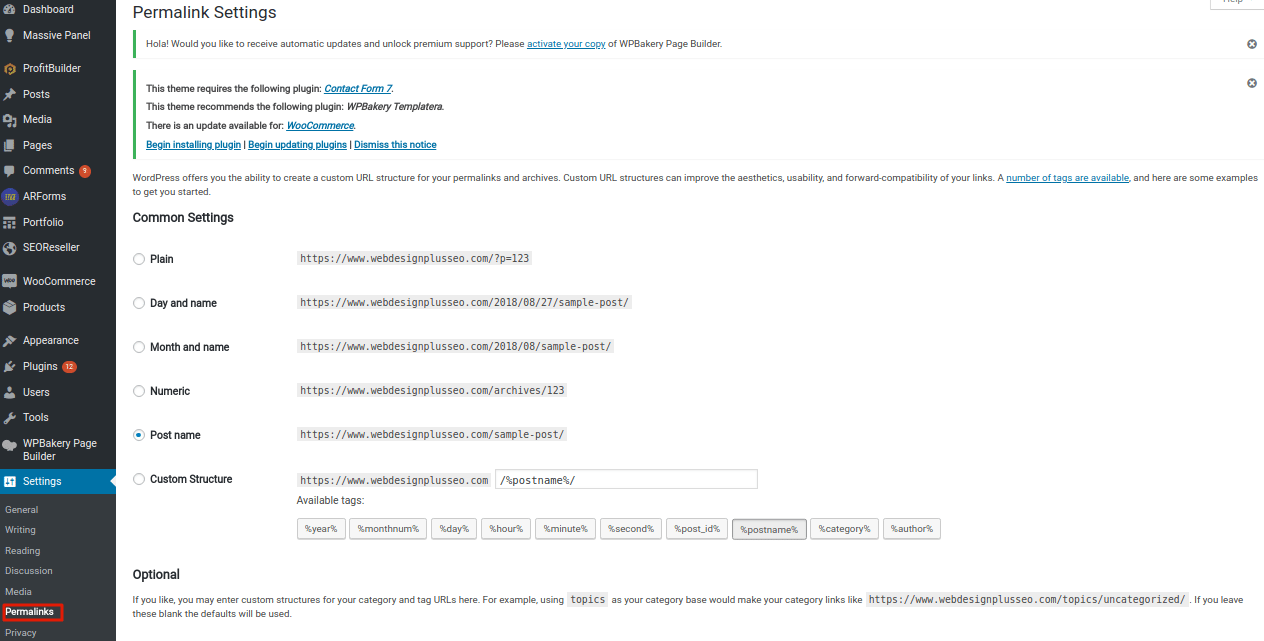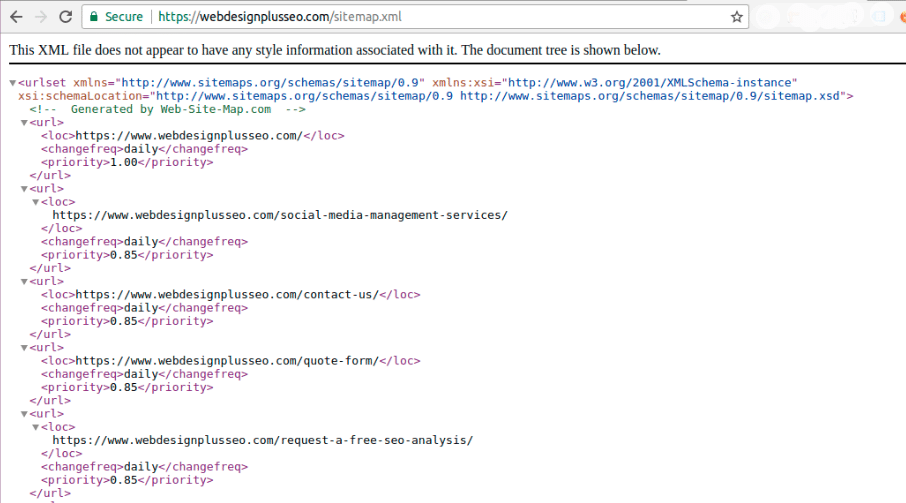There was a time when websites got good rank by keyword stuffing meta tags, page titles and content. But now the times have changed and so are the Google algorithms.
If you want to learn SEO, it is important to be updated with the latest knowledge. One of the major changes is that the search engines now focus on user engagement.
Meta Tags
It is a part of HTML codes that describes website content. It consists of meta titles and meta description.
Unlike before, there is no need to stuff your title and description with keywords to get better ranking. But all it does is that it affects your click-through rate (CTR).

If you have a WordPress website, there are many plugins and tools such as Yoast. This tool lets you choose a focus keyword for the page content. The content and meta tags are then analyzed in the terms of this focus keyword. It also analyses alt tags, keyword density, use of a keyword in HTML tags and more.
The checklist for On-page SEO
Let us now discuss what all features you get in a content management system, such as WordPress
1. Analyse what topic do people search the most for
Before writing content on any topic, it is important to analyze what people want to read. Also, see if you can provide a unique content on the same or not. There are many ways to do this, keyword research and analysis included. We will discuss more it in chapter 5.

2. Title tag and Headings
Do not forget to use your keyword in the meta title, description and the heading you use in your content. A well-written meta description can be a good opportunity to focus on your CTR (click through rate). Analyse your competitors and see what works for them. Adopt the same techniques or something even better.
Some tips to keep in mind-
- Google has updated the length of meta tags in May 2018. The word limit for meta title is up to 70 characters while the description has to be between 150 to 160 characters.
- To enhance the content readability, use HTML tags such as <H1>, <H2>, <H3> and more.
- WordPress plugins such as Yoast give you a preview of the meta tags.

3. SEO- friendly URLs
Auto-generated URLs have random numbers and characters. Use URLs that are relevant to your content. WordPress gives you set an option to choose a custom URL.

As per some SEO specialists, short URLs are better if you want to rank in search engines.
4. Multimedia
Use images, infographics, charts, and videos to create a attractive content. Websites that use multimedia have a low bounce rate. Using videos acts as a driving factor for people to like and share your content.
Some tips to keep in mind-
- You can optimize your images with the related file name and alt tag.
- Use embedded video or charts.
- To keep a hold of important keywords, use transcripts.

5. Internal links and outbound links
Make sure to use at least 1 outbound link on your page from a good authority source. You can also promote your other articles and blogs with the use of internal links. Users will easily visit your other articles as well. User engagement increases. Bots easily understand your website structure with internal links.
Some tips to keep in mind-
- Outbound links do not directly affect your rank but it enhances your site trust.
- Using 2 to 3 links is sufficient according to the content length.
- Web crawlers scan every page, so do not use broken links.

6. User engagement
According to Steve Rayson of BuzzSumo, social sharing has dropped to half ever since 2015.
Having a social share option on your site is a better option to facilitate instate sharing.
Facebook, LinkedIn, and Twitter are no doubt the most used social platforms. Consider using other sites as well such as Reddit or Pinterest.

The checklist for technical SEO
1. Search Console
One of the basic SEO tools is the Google search engine console. You can easily monitor the presence of your site in Google search results with this tool.
You can manage your content for crawling, choosing what should be indexed and what not, site errors or code errors.
You can analyze the rank of your keywords, CTR, Google penalty (if any), and more on search Console.
Some tips to keep in mind-
- First, verify your website to use Google search console.
- Connect your search console with Google analytics (check for image)
2. Site speed
A slow site has more bounce rate. According to a survey by Akamai and Gomez.com, 47% of consumers expect a web page to load in 2 seconds or less. Users will leave your site if it doesn’t load in 3 seconds.
Some tips to keep in mind-
- You can check your site speed on a trusted tool such as PageSpeed insights.
- Optimise images, enable HTML compression, JS and CSS minification to lower down the server response time.
- Select a trusted web hosting platform
3. Optimise your website for mobile devices
People use the internet more on mobile than on desktop these days. Having a mobile-optimized website is a must to enhance your SERP rankings.
The mobile first indexing by Google came out in March 2018. By mobile-first indexing, we imply that Google will follow the mobile version of your site for indexing and ranking.
AMP (Accelerated Mobile Pages) should also be taken into consideration. AMP is an HTML code with custom properties that help in creating static mobile-friendly pages.
Some tips to keep in mind-
- You can check how responsive your website is by taking a mobile-friendly test.
- Monitor the ranking of your keywords for mobile search results
4. Sitemap
It is like a map that guides the web crawlers through your website. It is always a good option to create a sitemap especially if you have a large site. You just have to create a sitemap and submit it to Google. There is no penalty for not using it, but using it is always a better option.
Some tips to keep in mind-
- Sitemaps are not necessary for every site.
- The limit for sitemaps is restricted to 50 MB and 50,000 URLs.
- The sitemap should be in the root directory of your website.

5. Robots.txt
It is the section that notifies the web crawlers which section of a website need not be crawled.
Its visibility is public and its syntax is:
https://sitename.com/robots.txt
It is of importance when you don’t want certain images, files or pages to be indexed by crawlers.
Some tips to keep in mind-
- Do not hide content from search engines by using robots.txt
- Malware robot ignore robots.txt










































